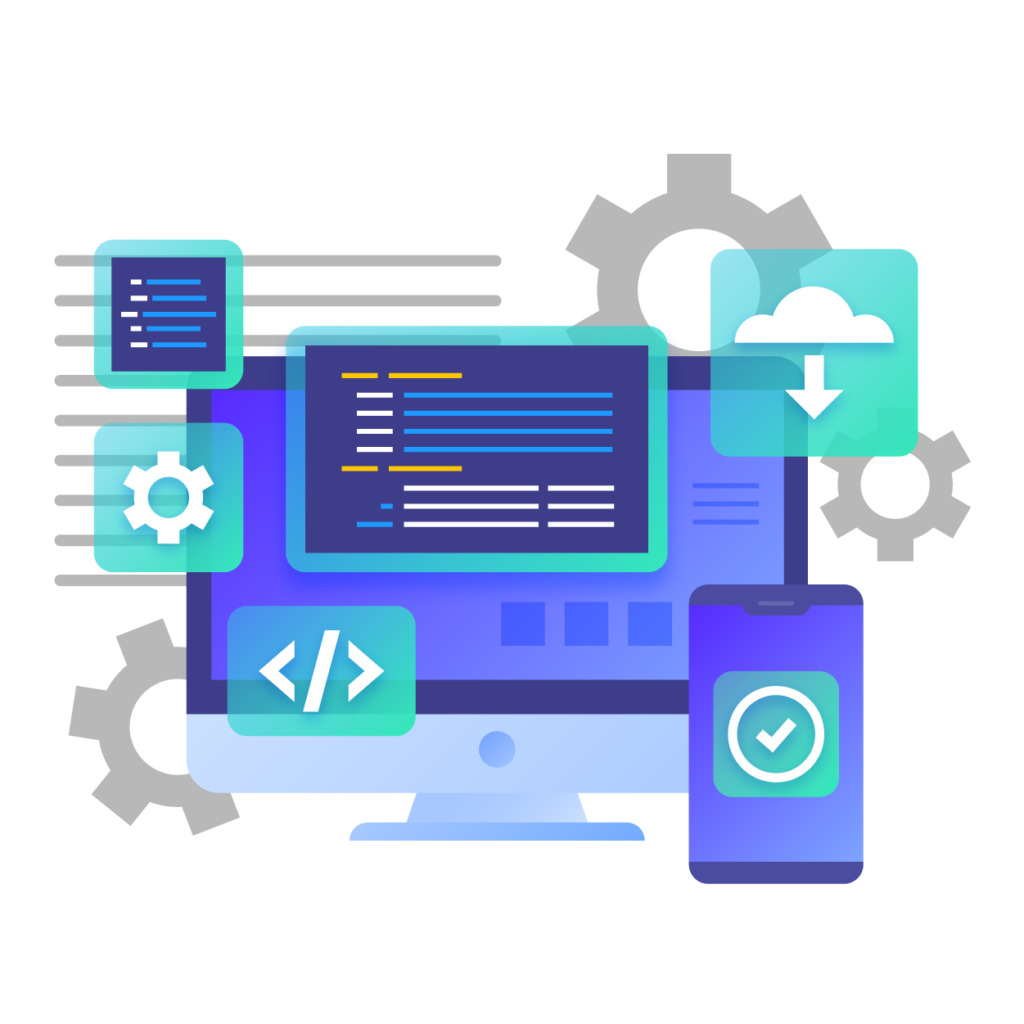A Deep Dive into Low-Code AI Tools
Blog: Comidor Blog
Today, when digital transformation drives business growth, the need for flexible and efficient technological systems is higher than ever. Of all these options, Artificial Intelligence, or AI, stands out as an exemplar of innovation, enabling efficiencies and new opportunities in many industries. Yet, the intricacies of AI development have mostly been an obstacle to its implementation. Low-code AI tools promise to democratize AI so that AI is accessible by a wide range of spheres, not only by data scientists. These tools have become the foundation of companies seeking to exploit AI power without the usual cost of coding from the very beginning. For example, conversational AI makes a big difference, enabling organizations to have advanced chatbots and virtual assistants with minimal coding.
What Low-Code AI Tools Will Help Users Understand
Low-code AI platforms are a type of platform that simplifies the process of creating and implementing AI models and applications with a small amount of coding. Typically, they offer drag-and-drop interfaces, pre-built templates, and intuitive design elements, providing actual user functionality to create a more powerful AI solution without requiring substantial programming/code knowledge. Such platforms separate the intricate procedures of AI implementation, like data preprocessing, model selection, training, and evaluation, from the ordinary without mustering AI development experts.
Low-code AI tools are centered on providing a spot where AI can be utilized usefully instead of tactfully. Thanks to these Low-code AI development platforms, AI applications are becoming much faster to develop and significantly reduced in cost. This has resulted in the appearance of a new area for the involvement of small and medium businesses that were often blocked from investing in AI by its high costs.
Low-Code AI Tools Benefits
The benefits of low-code AI tools are numerous. Just to mention some of them, versatility, reduced dependence on developers, shorter time-to-market, and democratization. On the one hand, they help spread and popularize AI, which becomes more democratic and widespread. AI inclusion means innovation for everyone and widens the number of organizations using AI to address their unique needs. Now, the new tools allow you to speed up the process that would be much more costly and time-consuming without them. This enables businesses to prototype and implement AI solutions to rapidly respond to market fluctuations that they may have yet to foresee or customer requirements that may never have been anticipated by the business previously.
In addition, low-code AI tools play an important role in brightening up collaboration between domain experts and technical teams. By providing a neutral ground where the two groups can share constructively and contribute their unique skill sets, these tech tools are instrumental in providing a technically sound and closely aligned business impact.
On top of that, the mobilizing offered by such all-code AI devices is at the highest level. They are well-known tools used on different applications, from simple auto-task-tracing to complex machine-learning models, for every type of business and technical demand. This versatility guarantees the creation of a new paradigm; any organization, irrespective of its industry, size, and technology advancement level, can apply AI capabilities to its business operations to realize the essence of democracy in technology.
Additionally, low-code AI technologies bridge the gap between non-technical people and previously highly technical system development teams by allowing anyone to create their applications. Because low-code platforms are a nonprofessional area, many organizations need more skills, but they offer a solution. They make it possible to get a bunch of business analysts and project managers who have no coding skills but still can apply AI methods to their jobs. This not only boosts the speed of development but also helps to remedy the lack of personnel, making implementation less competitive due to resource restrictions.

AI-Based Low-Code Tools: A Guide on Which One to Use
Choosing the appropriate low-code AI tool for your project is indispensable. You should take into consideration several key factors:
- Ease of Use: A tool with an interface that facilitates the build-and-deploy flow of models by its users without heavy training.
- Flexibility and Customization: It needs to strike the right balance between your requirements, and you need an AI model service that includes custom AI models and custom AI integration.
- Scalability: A scalable tool ought to support added data amounts and complexity that may occur due to the project’s growth without a significant deterioration in performance.
- Support and Community: A potential barrier to learning can be stumbling into problems and needing someone to turn to for help. But if you already have a support group or active community, they can solve all your troubleshooting and learning concerns.
- Security and Compliance: Make sure that the tool sticks to the security policies and regulatory compliance requirements that your industry practices.
By considering these pillars, the business will be able to determine Low-code AI software that satisfies its requirements now and will be able to expand toward its AI goals.
Low Code AI Utilization in Application Development
AI low-code tools enjoy wide adoption from industry to industry to help businesses solve their challenges. Here are some of the most impactful use cases:
- Customer Service: The use of AI-enabled chatbots and virtual assistants – which can operate 24/7 – to address queries, handle issues, and assist customers with their problems.
- Fraud Detection: Artificial Intelligence tools quickly analyze transactions in real-time, especially the ones that have characteristics similar to the fraudulent ones, Machine Learning (ML) tools record every transaction, search for similarities with those that were technically proven as fraudulent already, and minimize falsely accused customers (false positives).
- Healthcare: AI-powered computer-aided diagnosis, custom treatment guidelines, and patient monitoring techniques immensely assist doctors.
- Retail: Facilitating individualized customer experiences through recommendation engines, logistics, and demand forecasting rankings.
The above instances represent low-code AI applications, which help organizations use AI for operational efficiency, better decision-making, and advanced customer relations. In other words, low-code AI tools offer technical support, which helps organizations leverage AI for operational efficiency, better decision-making, and enhanced user interaction.
 Conclusion
Conclusion
Low-code AI tools significantly contribute to AI democratization, which lowers the technological barrier for individuals, businesses, and even countries to use AI for problem-solving. Implementing these AI tools reduces the barriers to AI adoption for organizations of any size; such powerful tools lead to implementing innovation for both knowledge-based and competitive edge. As we enter the future workplace, we can now say without any doubt that low-code AI platforms will be able to provide users with every advantage that they need. Everyone will use AI, and AI will be more accessible, practical, and fruitful than ever before.
Integrating AI in your operations shouldn’t necessarily be a frightening adventure. With the apt low-code AI tool, enterprises will be able to take on AI development and explore the dynamics of business growth and transformation. As the AI field advances, knowing the changing things will be critical in selecting tools that align with your needs so as to explore the full potential of AI in your business.
The post A Deep Dive into Low-Code AI Tools appeared first on Comidor Low-code Automation Platform.
Leave a Comment
You must be logged in to post a comment.







